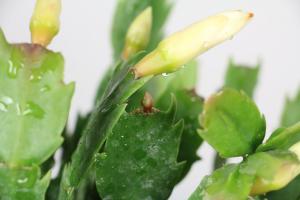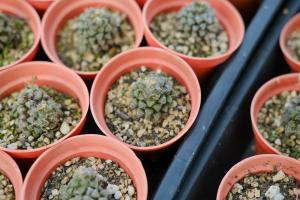Introduction
Plants are complex organisms that require a range of resources to survive, including water. The way in which plants lose water is an important factor in their survival, as it can affect growth, development, and overall health. In this article, we will explore the various ways in which plants lose water and how this impacts their lives.
Transpiration
One of the most significant ways in which plants lose water is through a process called transpiration. Transpiration is the process by which plants release water vapor into the air through small openings on their leaves called stomata. These openings allow for the exchange of gases, including the release of oxygen and the intake of carbon dioxide, but they also allow water to escape. Transpiration is a crucial part of a plant's life cycle, as it helps to regulate its temperature and maintain its shape. However, excessive transpiration can lead to dehydration and stress, which can harm the plant.
Guttation
Guttation is another way in which plants can lose water. This process occurs when excess water in the plant is forced out of specialized structures called hydathodes. It typically happens when soil moisture levels are high, and the plant cannot absorb all the water it has taken in. Guttation can be seen as small droplets of water forming on the tips of leaves or grass blades. While guttation is not harmful to the plant, it can be an indication of overwatering, which can lead to root rot and other issues.
Evaporation
Plants can also lose water through evaporation. This process occurs when the sun's rays heat up the soil around the plant, causing water in the soil to turn into water vapor and escape into the air. This process is usually more prevalent in arid environments, where there is a high amount of sunlight and low humidity. Evaporation can be harmful to plants, as it can lead to a decrease in soil moisture and cause the plant to dry out.
Conclusion
Overall, the ways in which plants lose water are important factors in their survival and should be taken into consideration when caring for them. By understanding the various processes involved, we can take steps to ensure that plants receive the optimal amount of water and reduce the risk of dehydration or stress. Through proper care and attention, we can help plants to thrive and grow to their full potential.

 how many times do yo...
how many times do yo... how many planted tre...
how many planted tre... how many pine trees ...
how many pine trees ... how many pecan trees...
how many pecan trees... how many plants comp...
how many plants comp... how many plants can ...
how many plants can ... how many plants and ...
how many plants and ... how many pepper plan...
how many pepper plan...






























